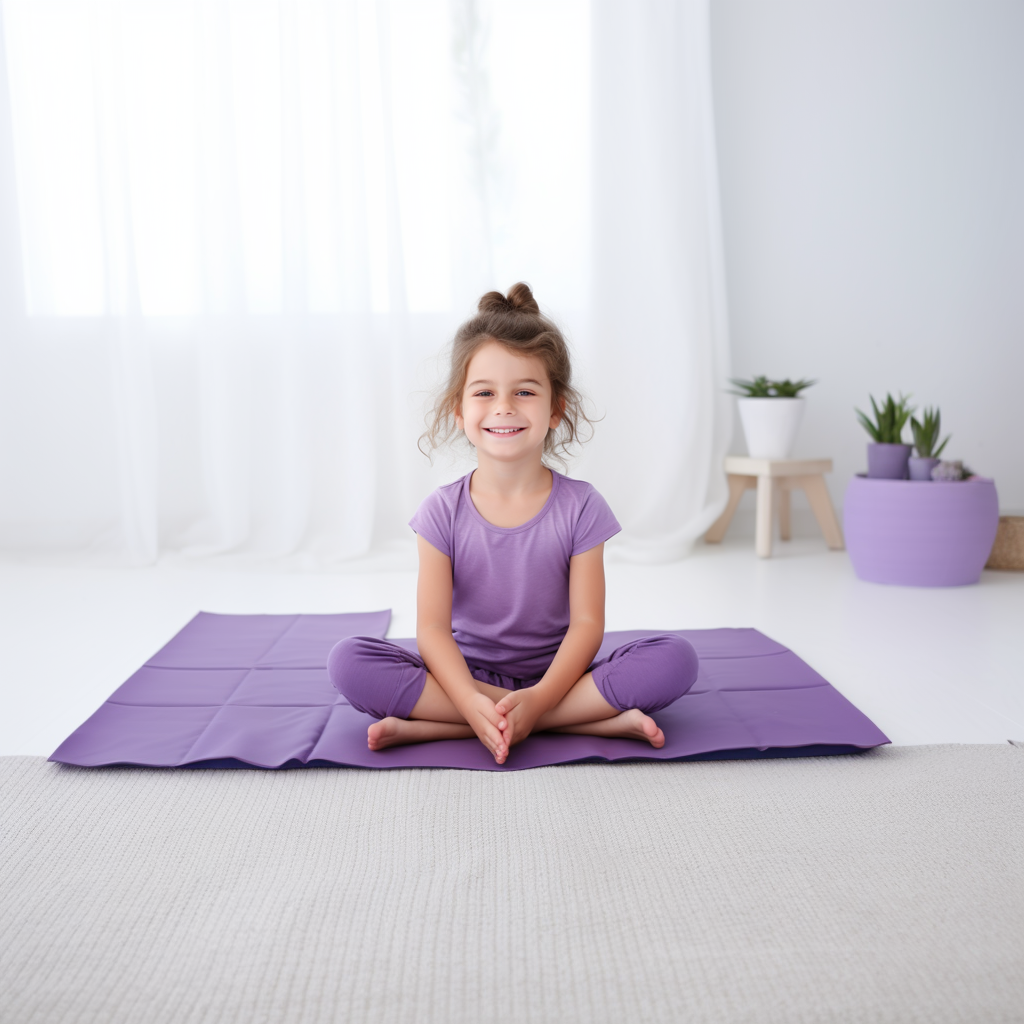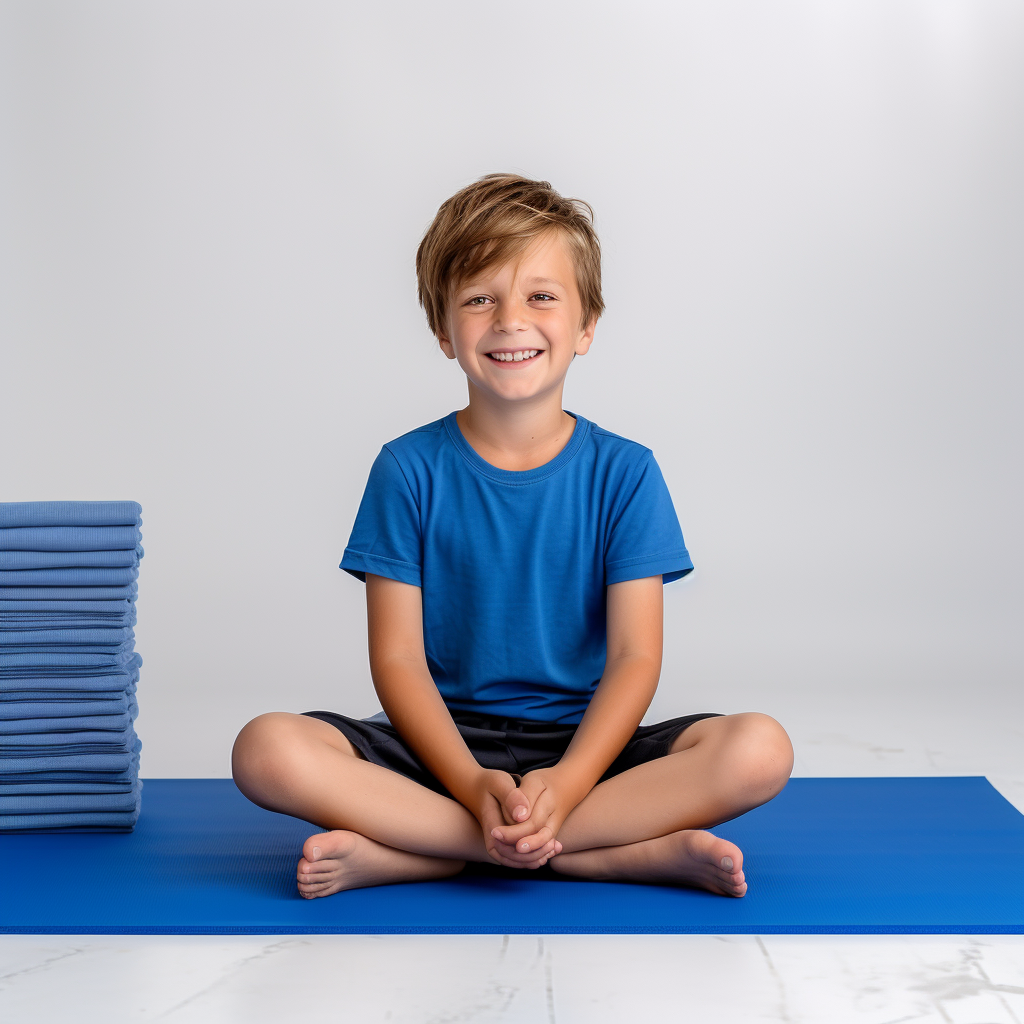Introducing children to the world of yoga is like planting the seeds of mindfulness, strength, and creativity. As an adult who understands the transformative power of yoga, sharing this practice with children can be immensely rewarding. In this guide, we’ll explore effective strategies and engaging activities to help you teach yoga to kids, igniting their curiosity and setting them on a path of well-being.
Step 1: Create a Playful Atmosphere Begin by setting up an environment that sparks your kids’ imagination and encourages them to have fun. Decorate the space with colorful mats, playful props, and perhaps some soft lighting. A welcoming and whimsical atmosphere will make kids excited to embark on their yoga journey.
Step 2: Choose Age-Appropriate Poses Select yoga poses that are suitable for the age group you’re working with. For younger kids, focus on animal-themed poses and simple stretches. As they grow older, you can introduce more complex poses that challenge their balance and flexibility. Always encourage a sense of exploration and self-expression.
Step 3: Incorporate Storytelling Kids love stories! Weave storytelling into your yoga sessions by guiding them through a narrative that involves the poses. For example, you can take them on an imaginary adventure through a jungle, asking them to mimic the movements of various animals they encounter.
Step 4: Emphasize Breath and Mindfulness Teach kids the importance of deep breathing. Make it engaging by turning it into a game: invite them to take slow “dragon breaths” where they inhale deeply through their nose and exhale slowly, imagining they’re breathing out fire like a dragon.
Step 5: Encourage Expression and Creativity Yoga is an opportunity for kids to express themselves. After introducing a pose, give them room to add their own twist. If you’re teaching tree pose, ask them what kind of tree they want to be and let them sway and stretch in their unique way.
Step 6: Integrate Games and Challenges Incorporate yoga-themed games that encourage movement and laughter. For instance, create a “Yoga Simon Says” where you call out poses and the kids must do them only if you say “Yoga Simon says” before the pose name.
Step 7: Share Positive Affirmations Guide kids in repeating positive affirmations during the session. Encourage phrases like “I am strong like a mountain” or “I am calm like the ocean.” These affirmations can help boost their confidence and foster a positive self-image.
Step 8: Wind Down with Relaxation End each session with a relaxation exercise. Guide them to lie down comfortably, close their eyes, and imagine a peaceful place. You can use gentle music or soft sounds to enhance the calming atmosphere.
Step 9: Engage in Open Conversations After the session, have a brief chat with the kids. Ask them about their favorite parts, poses, and what they felt during the practice. This not only helps you understand their experience but also shows them that you value their thoughts.
Step 10: Lead by Example Remember, children often emulate what they see. If they see you practicing yoga and enjoying it, they’ll be more motivated to participate. Share your passion for yoga, and let them see that it’s something everyone can enjoy.
Cultivating Lifelong Well-being
Teaching yoga to kids is a gift that extends beyond the mat. By instilling mindfulness, strength, and creativity at an early age, you’re nurturing the seeds of lifelong well-being. With your guidance, these young yogis will develop not only physically but also emotionally, building a foundation for a balanced and fulfilled life.


© 2023 Thankyouuniverse | All right Reserved